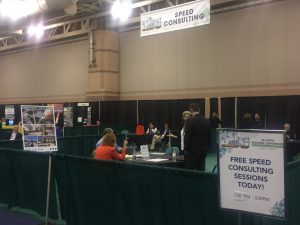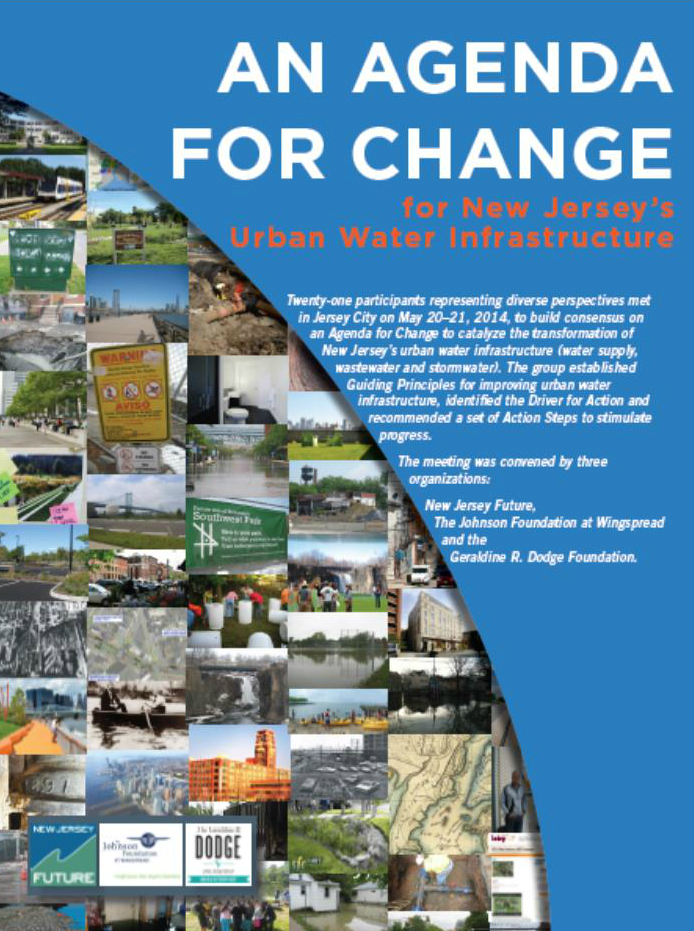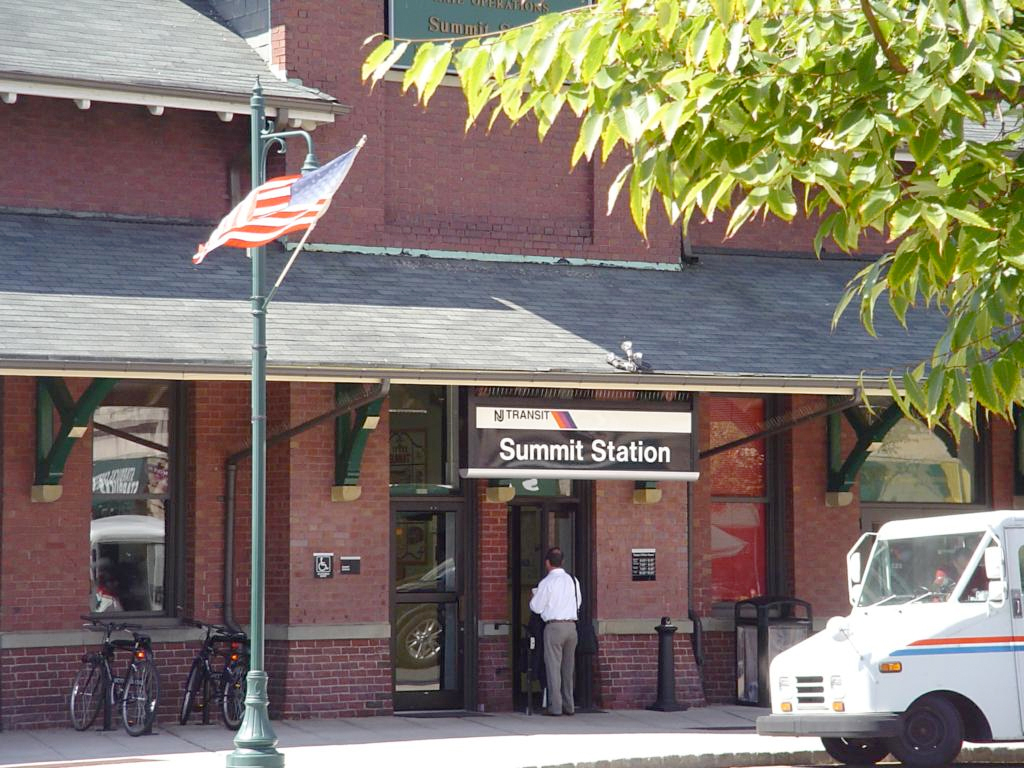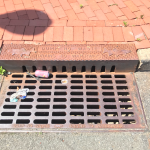New Jersey Future Blog
What is the Value of Green Infrastructure? New Tools and Events Drill Down
April 11th, 2017 by Louise Wilson
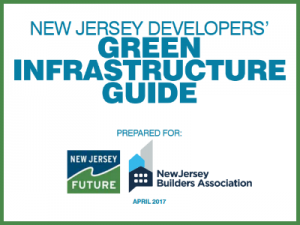 More and more people – from environmental advocates, to developers, to homeowners – have a general understanding of green stormwater infrastructure, also known as GSI or GI. The term encompasses all manner of stormwater management practices that capture stormwater near where it falls, allowing it to infiltrate into the ground or be stored for a beneficial re-use such as irrigation.
More and more people – from environmental advocates, to developers, to homeowners – have a general understanding of green stormwater infrastructure, also known as GSI or GI. The term encompasses all manner of stormwater management practices that capture stormwater near where it falls, allowing it to infiltrate into the ground or be stored for a beneficial re-use such as irrigation.
It’s one thing to appreciate the concept. What’s not to like about an approach that recharges groundwater, conserves drinking water, helps prevent flooding, saves energy and makes cities and towns cooler, safer and more beautiful? But the numbers have to work, too; the benefits must equal or exceed the costs. As New Jersey Future Executive Director Peter Kasabach and New Jersey Builders Association board chairman George Vallone wrote recently in a joint message introducing the new Developers’ Green Infrastructure Guide, “Innovation is great; it drives progress. But it also has to benefit the bottom line.”
Does Green Infrastructure Pay for Itself?
Fortunately, anecdotal evidence and hard data that documents economic value and return on investment are accumulating, and the news is good. Over the past several weeks, New Jersey Future has worked to share this information with a wide variety of stakeholders and decision makers, first at the 2017 Redevelopment Forum, and then at the Atlantic Builders Convention, where New Jersey Future and the New Jersey Builders Association unveiled the Developers’ Green Infrastructure Guide.
At the March Forum in New Brunswick, a session titled How Green Infrastructure Can Pay for Itself? filled the room with an audience of municipal officials, developers, engineers, architects, nonprofit leaders. Panelists Marc Cammarata P.E., deputy commissioner of planning and environmental services at the Philadelphia Water Department; Anna Shipp, interim executive director of the Sustainable Business Network of Greater Philadelphia; and Katherine Childers P.E., project manager at Pennoni Associates, presented compelling data and case studies documenting successes in Philadelphia and New Jersey.
Among the highlights: Green infrastructure is becoming more common in New Jersey, although our state is playing catchup. Philadelphia offers ample evidence that the catch-up effort is worthwhile: The growing number of green infrastructure installations throughout that city are functioning even better than predicted, with a cumulative reduction of more than 1.7 billion gallons of stormwater overflow volume, an amount predicted to more than double in the next four years. Philadelphia Water’s diligent performance monitoring shows that the GI systems experience higher infiltration rates and faster drain down times than predicted, and have more excess storage capacity available than predicted over a range of events. And an economic analysis showed a 10 percent increase in the value of residences near green infrastructure practices, a 7 percent increase in commercial office rent and a 5 percent increase in apartment rent. These are powerful numbers – especially for New Jersey’s flood-prone cities that struggle with combined sewer overflows.
Reaching Developers on Their Turf
In early April at the Atlantic Builders Convention in Atlantic City, developers and engineers heard leading academics and practitioners explain green infrastructure, dispel common myths, and discuss advantages of various types of GI. Permeable pavement, for example, helps an engineer “make the problem the solution,” to quote Jeromie Lange P.E. of Maser Consulting. He and Elizabeth Fassman-Beck Ph.D. of Stevens Institute of Technology both emphasized permeable pavement’s advantages: providing excellent volume control and water quality benefits while making streets and parking lots safer by eliminating dangers associated with hydroplaning, black ice and glare. Lange and Fassman-Beck also sang the praises of green roofs, but it was Paul Mankiewicz Ph.D. of The Gaia Institute who drilled down on that topic, with data on energy savings – 40 percent savings on air conditioning, 24 percent on heating – and absorption: two gallons of water per square foot. A 20-foot tree trench, Mankiewicz went on to explain, captures and cleans runoff from an inch of rain falling on 80 linear feet of a 20-foot wide road. Lange, Fassman-Beck and Mankiewicz all showed and talked about GI installations they had designed and/or built. They described the problems that were addressed, from localized flooding and erosion, to heavy industrial runoff. With audience interest piqued and appetites whetted, Rod Ritchie P.E. of AKRF – which produced the Developers’ Green Infrastructure Guide for New Jersey Future – then presented an overview of the new decision-making tool.
Developers’ Guide: Helping Developers Answer the Question ‘Why should I do this?’
Later that day and the next, Louise Wilson and Kandyce Perry of New Jersey Future spent time in the first-ever ABC Green Neighborhood on the convention floor, demonstrating the online version of the Developers’ Guide; coordinating “speed consulting” sessions in which developers could show concept plans to GI experts and receive guidance about integrating green infrastructure; and distributing copies of the guide to fellow exhibitors and convention goers. They found developers receptive to data and case studies that illustrate GI’s worth – that it works well, is often less expensive than traditional gray infrastructure to install and maintain, saves energy, solves problems, and adds to property value.
The guide is a decision-making tool that provides information and insight with photos, diagrams, tables, case studies and side-by-side site plan comparisons. The word is getting out, but the work of reaching key decision-makers – not only developers, but also local officials and their design professionals – with information that is practical and relevant to their needs, is far from over. As education, training and promotion continue, engineers who design GI stress that clear and detailed specifications, direct oversight of installation, and proper maintenance are all imperative to the systems’ function, and thus to the eventual mainstreaming of green infrastructure.
Even the most supportive developers and their engineers emphasize that regulatory challenges also remain. Fortunately, the New Jersey Department of Environmental Protection is working with New Jersey Future and other stakeholders on several initiatives related to green infrastructure and is considering amendments to the stormwater management rule to incentivize its use.
About Mainstreaming Green Infrastructure
Mainstreaming Green Infrastructure is a program aimed at moving green stormwater infrastructure practices into the mainstream. To accelerate and facilitate the mainstreaming process, New Jersey Future works with developers, towns and nonprofit partners, using teams of experts to provide education, training and direct technical assistance, and to facilitate and accelerate demonstration projects that show innovative and effective use of green infrastructure. The program is funded with generous support from the William Penn Foundation.
About the Developers’ Green Infrastructure Task Force
The Developers’ Green Infrastructure Task Force, a partnership between New Jersey Future and the New Jersey Builders Association, helps New Jersey’s developers and their design professionals learn about, finance, and build high-quality, cost-effective green stormwater infrastructure.

